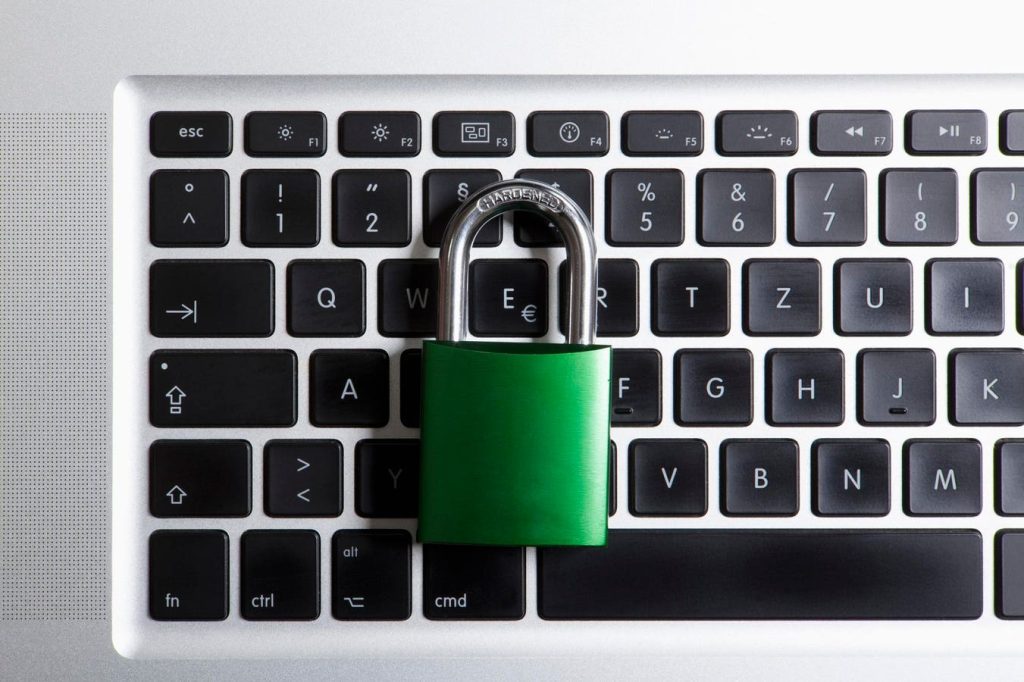Perry Carpenter, as the Chief Evangelist at KnowBe4 Inc., emphasizes the importance of maintaining a strong security culture within organizations to protect against ongoing cyber threats. With phishing attacks being a major concern for IT professionals and scammers stealing billions of dollars annually, the need for a proactive approach to cybersecurity is more crucial than ever. Establishing a security culture can increase resilience by 46%, making it a worthwhile investment for companies looking to protect their data and mitigate potential harm to their networks.
To elevate an organization’s security culture, there are several best practices that can be implemented. First, it is essential to focus on changing one or two behaviors at a time to have the greatest impact. A targeted approach based on risk analysis can help prioritize efforts and achieve tangible results within a few months. Additionally, designing a plan to influence behaviors on a larger scale and identifying key individuals who can advocate for these changes is crucial in driving a successful security culture transformation.
Obtaining leadership buy-in is another critical step in establishing a security culture within an organization. By providing executives with a clear rationale for the changes, encouraging them to model desired behaviors, and using relatable examples to illustrate the benefits of improved security practices, leaders can play a key role in driving cultural change. Clear and consistent communication, both internally and with external partners, is essential for maintaining momentum and engaging employees in the security culture transformation process.
Executing the plan to improve an organization’s security culture requires a clear understanding of the current state of security practices within the company and involving advocates or champions in the implementation process. It is essential to be prepared for challenges and pushback along the way, but measuring results and documenting successes can help reinforce the importance of ongoing efforts to enhance security culture. Moving forward, organizations should continuously evaluate progress, adjust goals and strategies as needed, and celebrate achievements to sustain momentum and engagement.
In conclusion, improving security culture is an ongoing and challenging endeavor that requires dedication and commitment from all levels of an organization. By following these steps and best practices, companies can start building a strong foundation for a resilient security culture that protects against evolving cyber threats and safeguards sensitive data. With the right approach and a collective effort, organizations can create a culture of security awareness that is effective in mitigating risks and ensuring the long-term success of their cybersecurity initiatives.


